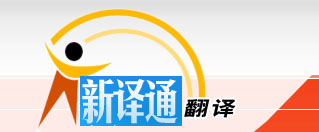Which artist is not, in some direct or roundabout way, his own ‘material’? It is the artist’s singular presence that strikes us, irrespective of medium, and reveals a glimpse of a vision for us to share.Many photographers ponder what will become of their work. Following Eugène Atget in 1920, countless artists and their descendents have entrusted their collections to the State.
每一位艺术家都是自己直接或间接的“素材”。正是艺术家独一无二的个性对我们造成了冲击,这种冲击与媒介无关。同时他们向我们展示了瞬间的景象。许多摄影师都在探求自己作品的素材。继Eugène Atget之后,1920年起,无数艺术家及后继者将自己的收藏品捐赠给国家。深圳日语翻译
Photographic treasures apart, these collections are also rich in sundry documents: diaries, correspondence, invoices, proof of publication, working contact-sheets, original prints—items from beyond the frame, as it were, which together give photographs depth and a certain texture of time.
除摄影珍宝之外,这些收藏品也包括各种文件:日记、书信、票据、出版证明、工作联系人清单、创作版书等画框外的物品,这一切共同为摄影作品提供了时间上的深度和质感。
This is what the exhibition ‘Photographers in Self-Portrait’ reveals to us. Reflecting the diversity of publicly conserved photographic collections and the riches they contain, it presents each portrait’s multiple realities, concealed behind the words ‘donation’ and ‘bequest’. These fragments of life, added to our collective heritage and handed down to future generations, help to root each self-witness in a shared history.
这正是“自画像中的摄影师”向我们所展示的内容。在体现公开保存的摄影藏品及其所包含财富的多样化的同时,展览也呈现了每幅肖像隐藏在“捐赠”和“遗赠”这两个词语之后的多重真实性。这些生活片段被纳入我们的集体遗产并传承给下一代,有助于我们在相同的历史中进行自我见证。广州日语翻译


